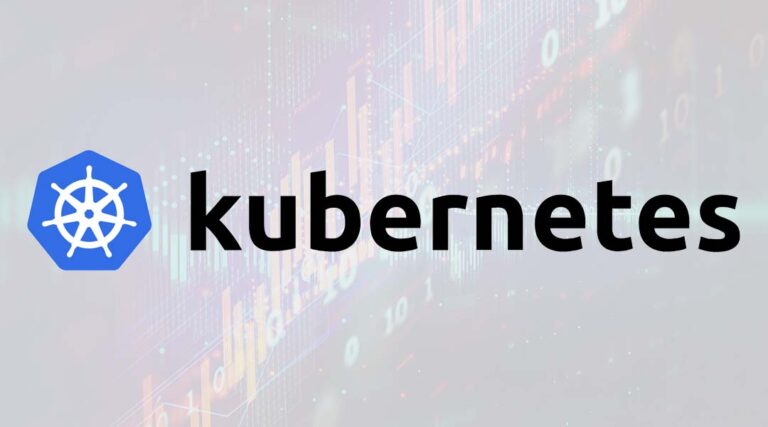
A report out this week indicates that while the population of cloud-native developers is growing, the number of programmers consciously using Kubernetes appears to be slightly declining.
The Slashdata study, published at KubeCon Europe on Wednesday, is based on a survey of 19,000 developers conducted in the third quarter of 2021.
What is cloud native? If you go by the CNCF definition, which Slashdata used, the term encompasses almost anything that is scalable, automated, and runs on public or hybrid cloud. “Containers, service meshes, microservices, immutable infrastructure, and declarative APIs exemplify this approach,” says the definition. The study’s researchers, though, do not regard using containers without automation as enough to qualify as cloud native, and limited their survey to “those that are using some sort of container orchestration solution or serverless platform.”
This point is important because cloud providers have built services that run on Kubernetes without developers needing to be aware of this. Is a developer “cloud native” if they fired up a lone container in Google’s Cloud Run service, or deployed some code via the AWS serverless Lamba platform, for example? Perhaps they are, though advanced orchestration skills are not needed for such services, enabling Kubernetes use to grow behind the scenes while largely protecting developers from its complexity.
According to the report, the number of developers using containers has grown from 9.0M to 10.4M year on year – but narrowing this to cloud-native developers yields growth from 6.1M to 7.1M. Only 4.8M of the current respondents use orchestration tools or management platforms consciously, though; the others depending on “cloud functions or serverless architecture.”
A section showing that cloud-native developers use more cloud environments, compared against programmers in general, may raise eyebrows. How can a cloud-native developer not use cloud? According to the Slashdata report, some 43% of them use on-premises servers. That leaves 52% using public cloud, 41% private cloud, and 22% multi-cloud (figures sum to more than 100% because developers could select multiple options). The figure for multi-cloud is less than half what VMWare would have us believe, demonstrating that no one survey should be presumed authoritative; small changes in the way questions are put, or different underlying assumptions, can have a big impact, as can the way survey respondents are selected.
One notable aspect of this report is that the three biggest cloud providers, AWS, Microsoft, and Google, dominate the market, and all three have a substantial share. Slashdata does not show figures for where applications are deployed between these providers, but does show usage of “orchestration tools”, showing 24% take up for Amazon Elastic Container Service (ECS), 21% for Google Kubernetes Engine (GKE), 19% for Amazon Elastic Kubernetes Service (EKS), and 18% for Microsoft Azure Kubernetes Service (AKS). Perhaps surprising is that use of in-house or self-hosted orchestration tools has grown year on year, from 27% to 30%. “Self-managed solutions give developers full control, allowing them to tailor functionalities to their specific needs,” say the researchers, choosing not to mention the increased complexity and maintenance burden that comes along with it.

90% of developers are aware of Kubernetes (though many choose not to use it), the report declares, and 90% of Kubernetes developers are professionals. This is not surprising.
Another question, though, is whether the technology is progressing toward being critical infrastructure that is invisible to most developers. There is a smidgen of evidence for this trend: scrutiny of the above market-share statistics shows that in most cases, the percentage of developers using Kubernetes orchestration tools has dropped slightly year on year. GKE, for example, has dropped from 24% to 21%. This does not mean use of Kubernetes is in decline, and the context is that all the main cloud providers are reporting strong growth. Figures for Kubernetes are not broken out, and Canalys reported earlier this year that Google’s share of cloud-infrastructure spend grew by 63% year-on-year, Azure by 46%, and AWS by 40%. If more developers are running on Kubernetes, but not tangling directly with its orchestration tools, that may be a very good thing.
